The graphic design department I arrived at in 1987 was starting to expand. It was no longer just a small group of students housed in two classrooms while the staff shared a single office. More rooms were having to be found.
Gradually a cluster of classrooms and offices emerged. It was a busy, vibrant place, with its own distinct culture. One central aspect to this was that staff had an open-door policy. It meant that when students had a problem, they were able to find help immediately.
Years later, when a refurbishment of the building saw staff offices clustered behind set of closed doors, I watched that collaborative, collegial culture shrivel almost overnight. But that was in the future.
By the mid-90s, I had been charged with running this growing beast and I continued the open-door policy. It was hard. I have a very decided preference for doing one job at a time, allowing me to give it undivided attention and complete focus.
Yet, with several hundred students and well over a dozen staff all able to drop in at any given time, I could never guarantee having ten minutes of un-interrupted time. If nature had not fitted me for multi-tasking, my environment forced it upon me.
If nature had not fitted me for multi-tasking, my environment forced it upon me.
There is a choice to be had when you become a middle-manager. Are you going to retreat from the day-to-day and prioritise doing the high-level stuff with high-level people. Or are you going to stay grounded and serve the needs of the people you are working with as best you can.
Life is a lot more manageable if you opt for the former, but it comes at a cost – one measured in disconnect. This price was not something I was willing to pay, so I had to learn, instead, to deal with the non-stop interruptions that characterised my choice.
What was immediately apparent was that there was no script I could follow. The demands would each be specific and quite different from the last. And it meant that if I started the day with a list of things to do, I was more likely to end the day with a longer list than have a tidy column with tasks duly ticked off. In short, I had very little control over my day.
Eventually, I realised that I would have to make an artform of improvisation – which is a way to exert some control over how you respond, if nothing else. By cultivating improvisation as an artform, I could treat each interruption as a creative opportunity, rather than a chaotic intrusion. I even began to work improvisationally in my calligraphy – a way of embedding it further into my practice.
By cultivating improvisation as an artform, I could treat each interruption as a creative opportunity, rather than a chaotic intrusion.
At the end of a given workday, managers traditionally want to be able to look at themselves in the mirror and ask, ‘Did I achieve my goals today?’ before nodding in a satisfied way, smoothing their hair and heading off to some up-market restaurant. If ever I set myself goals, on the other hand, I was very unlikely to have finished them.
Hence, approaching it like that was setting myself up for disappointment. But my improvisational practice forced me to ask a different question as I tottered to the mirror. That question was, simply, “Did I do my best today?”
The difference between these two questions relates to a significant divide – the one between process and results. People who see success in the ability to carry out planned tasks efficiently are focused on the result. Those of us who dance around improvisationally are process oriented. In the end it comes down to what sort of manager you want to be - one who is efficient, or one who is responsive.
I don’t think there is necessarily a right or wrong here. There is an artistry to both. The only wrong thing is for someone to try and follow a path that doesn’t suit them.
I wasn’t the most efficient manager, but I remain comfortable with the choices I made. In the dance of improvisation, I got to learn a great deal about people. And that was good learning.
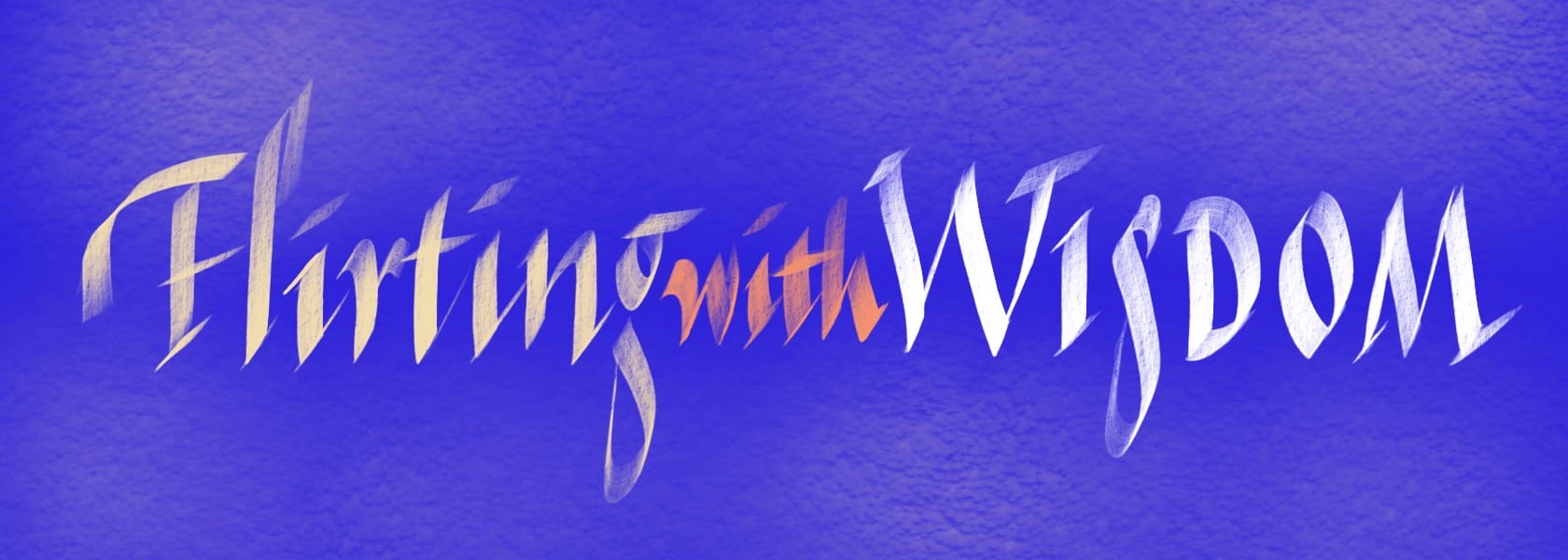
Each vignette invites readers to embrace the beauty of unfinished thinking and the art of holding life’s ongoing questions.



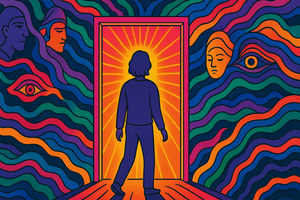

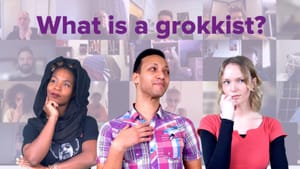

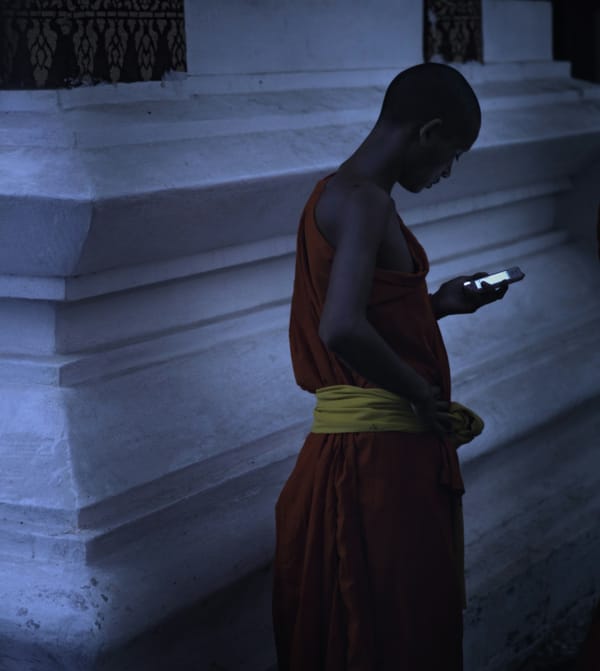

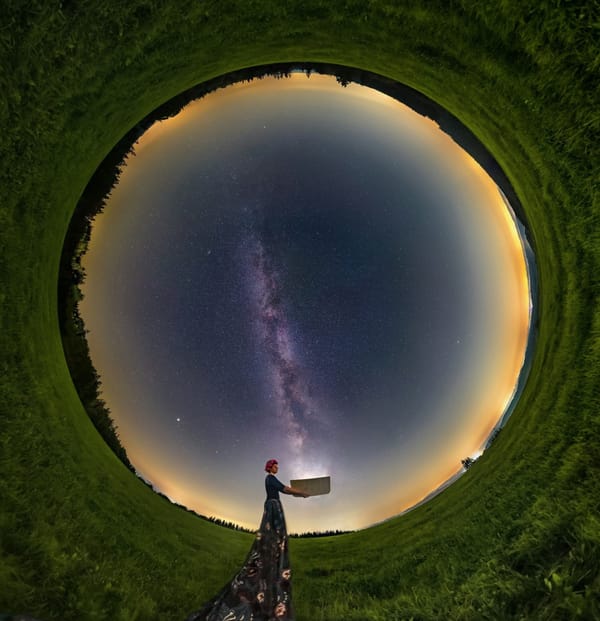
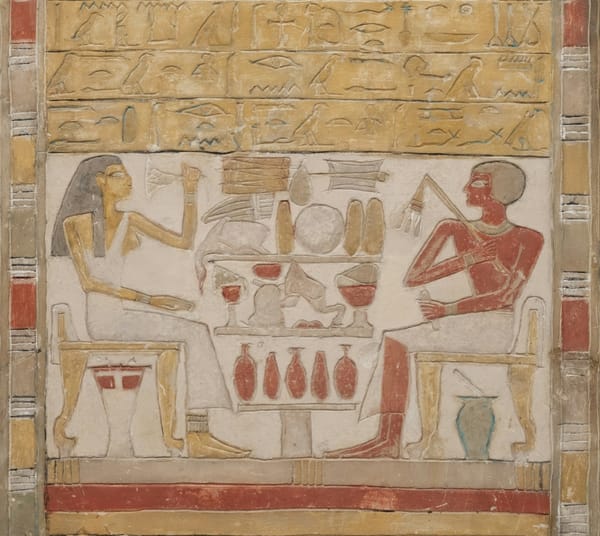
Member discussion